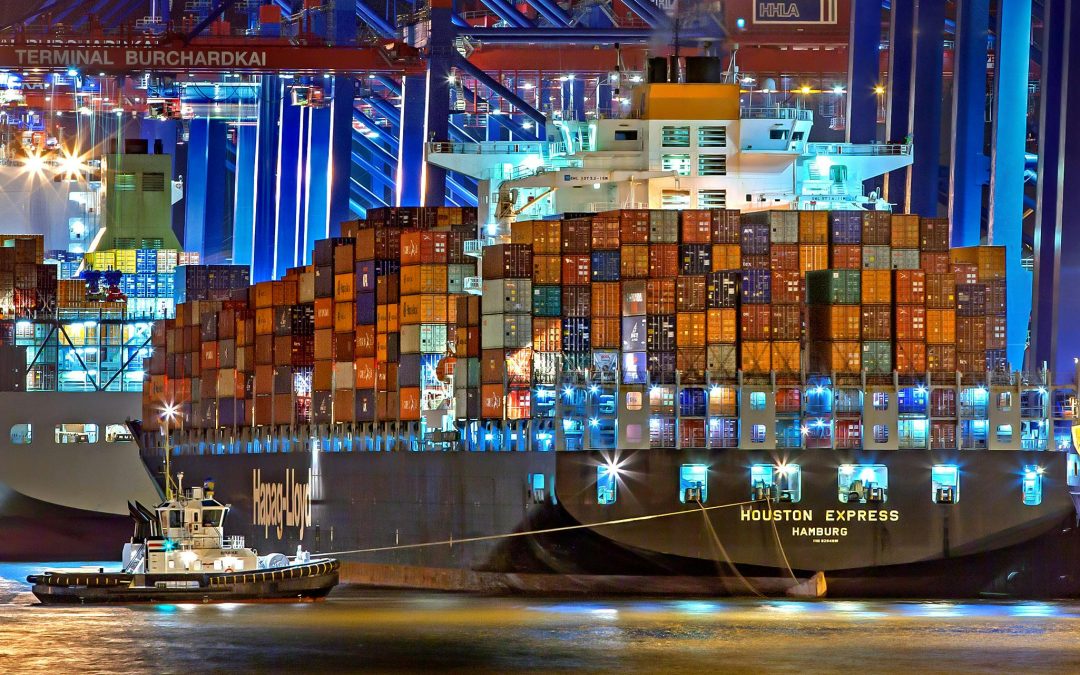By Ian Kiptoo
“All it takes is awareness from the right group to notice there is a low-hanging fruit.”
In an era of technological advancements revolutionizing every industry, the maritime domain stands at the forefront of innovation. The recent Red Sea attacks have caused alarm, and the potential for cyber security attacks is lingering. If such a scenario occurred, what steps would be taken? Experts from Dryad Global, Blackberry, and the University of Plymouth break it down.
“Attacks at sea are unique because they focus on ships and cannot be predicted,” says Dr. Rory Hopcraft, a lecturer at the University of Plymouth. He further explains in his presentation that cyber-attacks at sea often go unnoticed, and crew cannot detect malware.
Through a scenario demonstration, he underscored the potentially catastrophic consequences of such assaults. Beyond the immediate dangers to crew and vessels, Dr. Hopcraft elucidated the financial ramifications, shedding light on the alarming costs incurred by maritime cyber-attacks.
Ismael Valenzuela, BlackBerry’s vice president of Threat Research & Intelligence, emphasized the inevitability of cyber threats and the importance of preparedness. “We can never be too prepared, and there needs to be prioritization because we can’t prevent all the risks,” he asserted, acknowledging the need to prepare for such a scenario.
Valenzuela advocated integrating cyber indicators on ships, enabling proactive measures against potential threats. His reference to an intelligence report showcasing a surge in malware incidents between November 2022 and December 2023 underscored the situation’s urgency.
The report revealed that 5.2 million attacks were reported daily, representing a 19% increase. The study further revealed 5,300 unique malware identified and documented, representing a 27% increase in unique malware. Valenzuela said this proves there is an effort to hack and compromise ships.
Corey Ranslem added a geopolitical perspective, identifying the top five most affected countries by maritime cyber-attacks. The list, comprising the USA, Japan, South Korea, Canada, Peru, and Australia, serves as a wake-up call to the global community. Despite their technological prowess, these nations are not immune to the pervasive threat of cyber warfare in maritime settings.
As maritime operations increasingly rely on interconnected systems and digital infrastructure, the imperative for robust cybersecurity measures grows increasingly critical. The insights shared in the master class serve as a clarion call to action, urging stakeholders to prioritize cyber resilience and invest in cutting-edge technologies to safeguard the seas against the invisible menace of cyber threats. In an environment where vigilance is paramount, collaboration and innovation emerge as the cornerstone of maritime cyber security in the 21st century.
+254 791225048 +254 708 890404
info@giliticsmedia.co.ke

